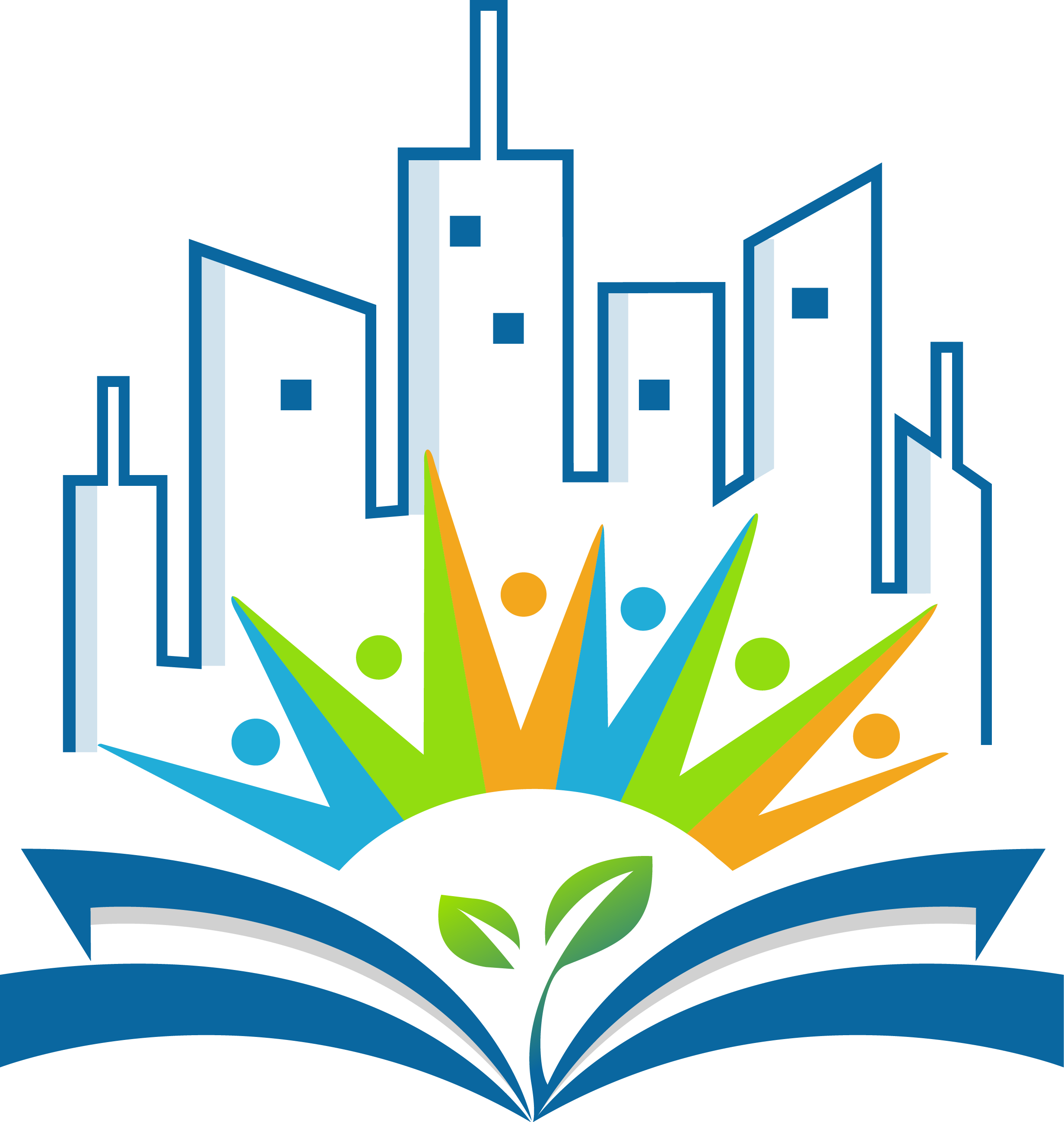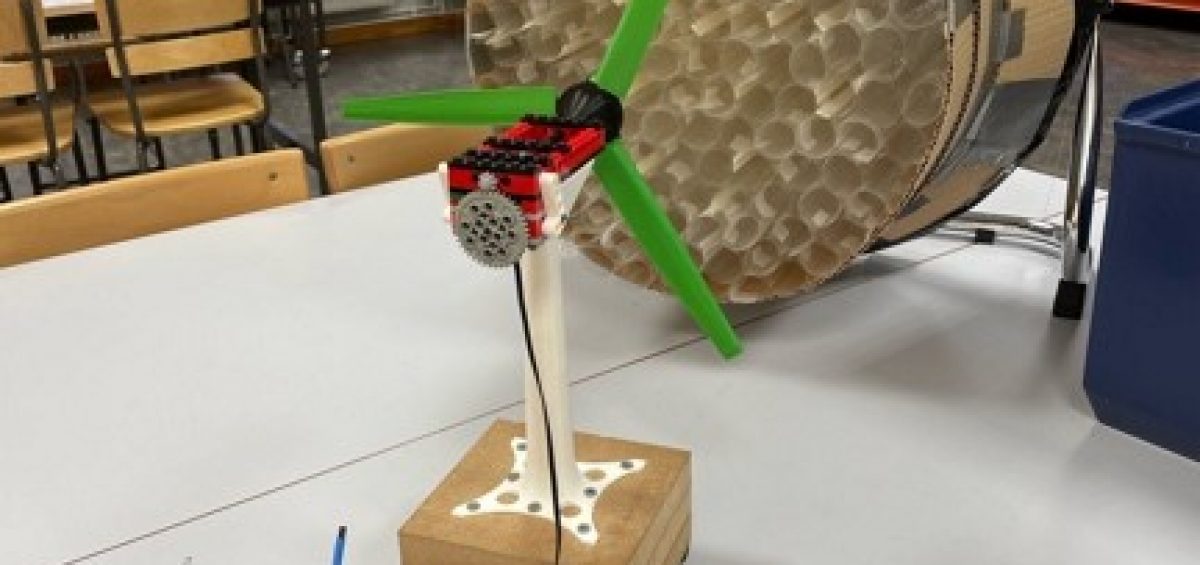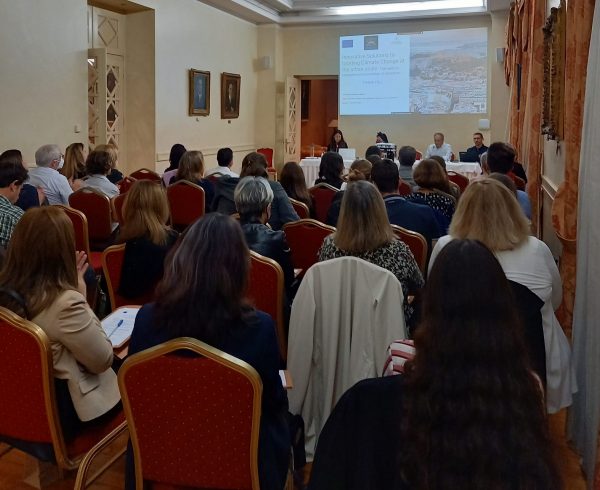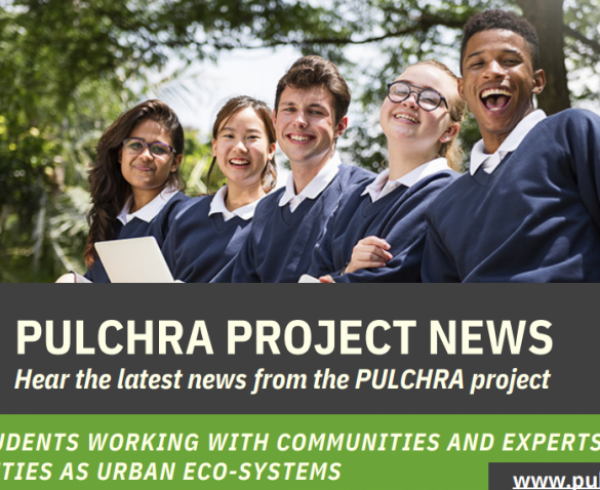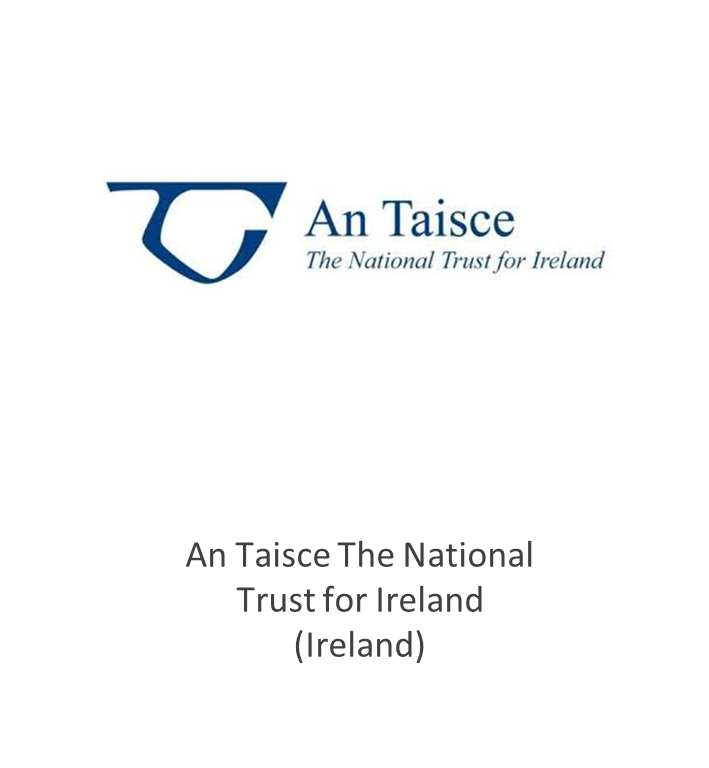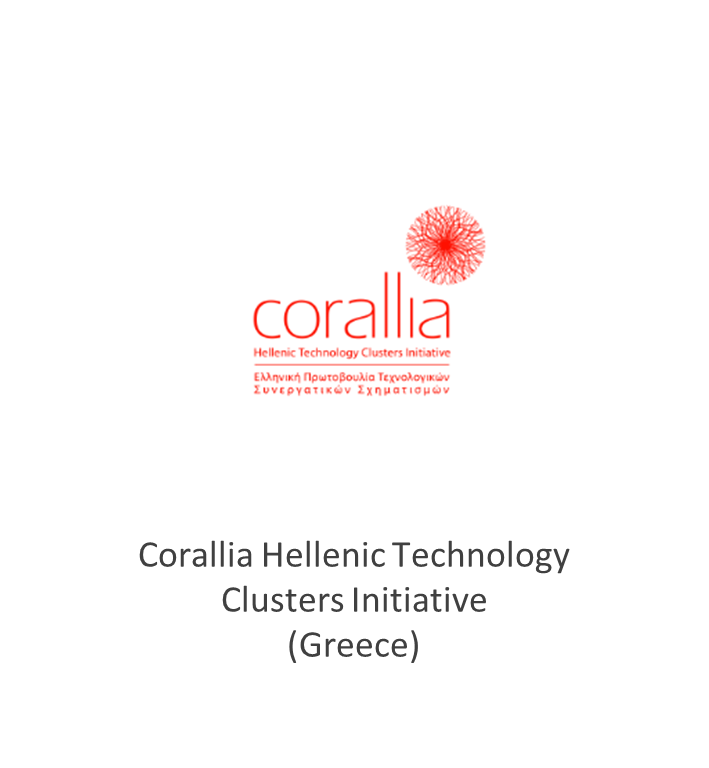In the second year of the City Challenges in Sweden, more than 200 students from various schools in the Stockholm region had the opportunity to participate in the following two city challenges. The City Challenge themes were developed through the collaboration of KTH and the House of Science, and the activities were offered at the House of Science.
- Wind Energy – City Challenge 1: Powering cities without harming the climate
- Urban Heat Island – City Challenge 3: Regenerating urban space to connect people in a healthy environment.
Wind Energy – City Challenge 1: Powering cities without harming the climate
Wind power currently accounts for about 20% of generated electricity in Sweden (from just 5% in 2012) and future targets are to reach a 30% coverage by 2024. It is therefore a very attractive knowledge area for young students to better understand safe and renewable energy sources to power the demanding consumption of urban environments. The main question the students investigated was ‘which factors are important for the power production of wind turbines?’ 90 high-school students performed experiments by varying certain parameters on model wind turbines, such as the number of wings, the inclinations of wings, the wind strength and the presence of obstacles, and measure the effect on the power produced by the turbine. By investigating the effect of varying different parameters on small wind turbines and discussing the results, the students get a better understanding of the possibilities and challenges of wind energy as a part of sustainable energy production. The activity was a combination of lectures, groupwork and discussion with a focus on hands on experiments performed by the students.

Urban Heat Island – City Challenge 3: Regenerating urban space to connect people in a healthy environment
“Urban heat islands” occur when cities replace natural land cover with dense concentrations of buildings, pavement, and other surfaces that absorb and retain heat. In this activity, more than 120 students had the opportunity to learn more about the heat variations within various cities, through interactive web applications and experiments. The students visualized satellite images, land cover maps and land surface temperatures in Stockholm, Athens, and Beijing during 1990-2000, 2000-2010, and 2010-2020. To better reflect the activity within their own environment, the students were asked to examine urban heat island and urban land cover in their own neighbourhoods over time. By discussing their observations, the students got a better understanding of the impact of urbanization on land surface temperature in cities. Moreover, they discussed several nature-based solutions to improve urban thermal environment. The activities were supported by experts from KTH Royal Institute of Technology and teachers from the House of Science.
Both activities were remarkably successful as students overwhelmingly found them useful and relatable to their own perceptions of the urban environment.



